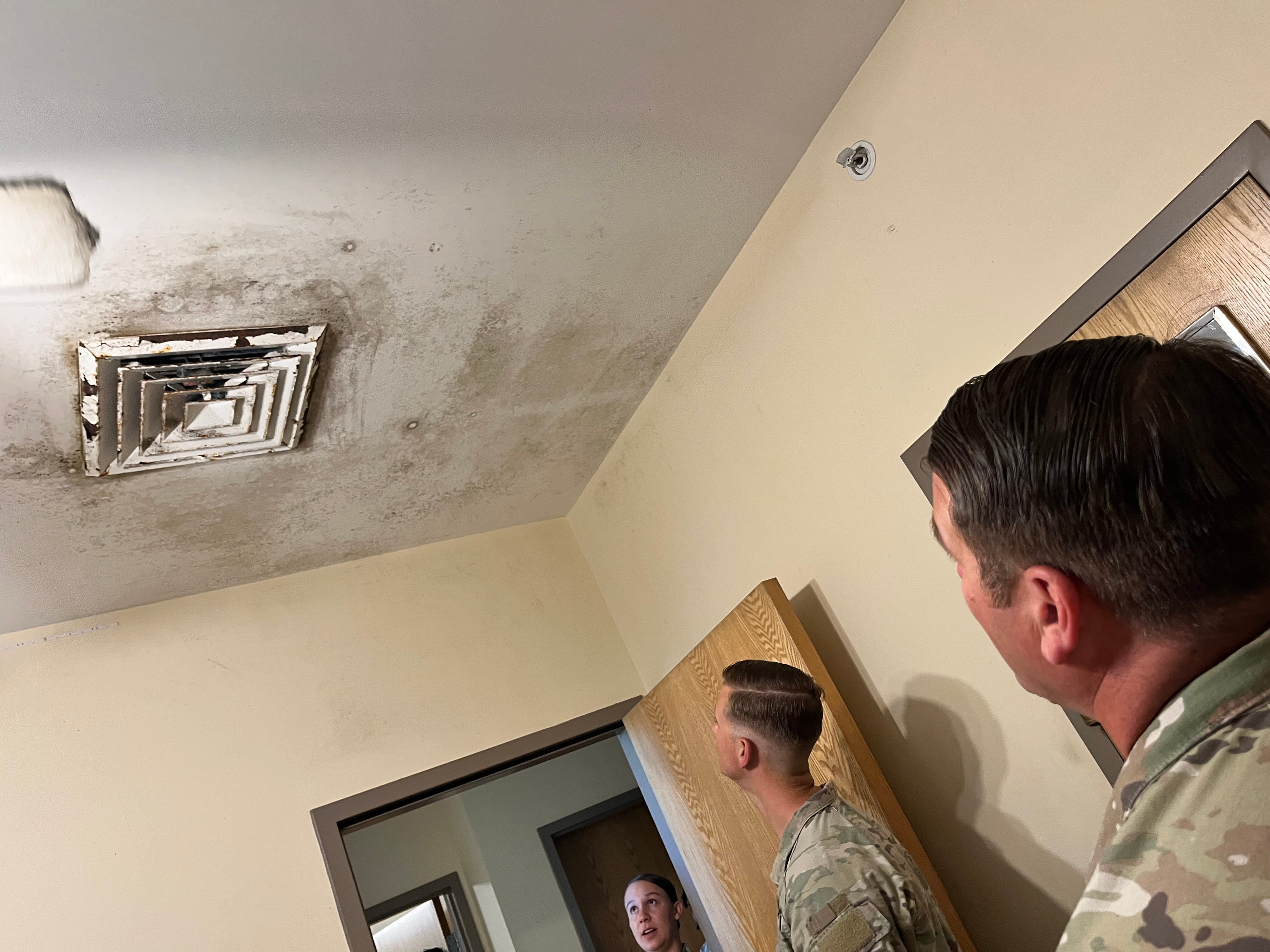After years of headlines and watchdog reports condemning shoddy living conditions for service members and families, a consensus appears to be developing between Army senior leaders, housing executives and even lawmakers that something drastic must occur to fix the service’s barracks and family housing for good.
Army Secretary Christine Wormuth has repeatedly called for a “generational investment” in the service’s housing and barracks stock that goes beyond the constraints of the regular budgeting process, in which every investment comes at the cost of another priority.
“What we’re going to need eventually is … a generational investment in housing,” she told reporters Oct. 27 after touring family homes at Fort Eisenhower, Georgia. “The Army has the largest inventory of barracks and housing of any of the services … and we can’t [renovate or replace] all of that as quickly as I would like inside of the Army’s budget.”
RELATED
After members of Congress repeatedly inquired about what the price tag might be to fund housing renovations and replacements in one fell swoop, the Army developed a barracks strategy that, if approved and funded, officials believe can improve or replace nearly all of its decrepit unaccompanied housing by 2030.
But some critics are concerned that the service might struggle to take care of its new and repaired buildings even if such an investment were to occur. The Army systematically underfunded barracks maintenance during much of the War on Terror era in order to fund other priorities.
Additionally, the privatized housing companies the service partners with to administer on-base family housing are concerned that stakeholders may not have the information or plans they need to put a so-called “blank check” to efficient use, if Congress were to write one.
RELATED

Philip Rizzo, the chief executive officer of Liberty Military Housing, told Army Times in November that the housing companies aren’t certain what the true demand is for on-base communities because soldiers’ housing allowance rates don’t always match well with the local economy’s prevailing housing prices.
Rizzo, whose company oversees homes at Joint Base Lewis-McChord and other major installations, said investment in infrastructure for on-base neighborhoods would go a long way, but it would be difficult to determine how many homes would serve military installations’ needs. And homes that go unfilled still incur maintenance and infrastructure costs over time.
“You’ve got to pay families enough money to make a choice that’s right for them,” Rizzo said. “Then we’ll see about … elasticity of demand. I think we have false demand signals in some locations because of a lack of [affordable] housing.”
Davis Winkie covers the Army for Military Times. He studied history at Vanderbilt and UNC-Chapel Hill, and served five years in the Army Guard. His investigations earned the Society of Professional Journalists' 2023 Sunshine Award and consecutive Military Reporters and Editors honors, among others. Davis was also a 2022 Livingston Awards finalist.



